Stepping into a school supply store today, you’ll find sleek laptops, wireless earbuds, and smart notebooks that practically do the work for you. But back in the day, school supplies were a whole different ballgame. They were built to last (or at least to survive being stuffed into a metal lunchbox or a heavy canvas backpack). From the smell of freshly sharpened pencils to the satisfying snap of a Trapper Keeper’s Velcro, these supplies weren’t just tools—they were part of the whole school experience. And let’s be honest: half the fun of going back to school was picking out the gear that would carry you through the year. Some of these items were iconic, some were borderline dangerous, and all of them bring back memories of a time when learning required a little more effort and a lot more personality.
1. Library Checkout Cards
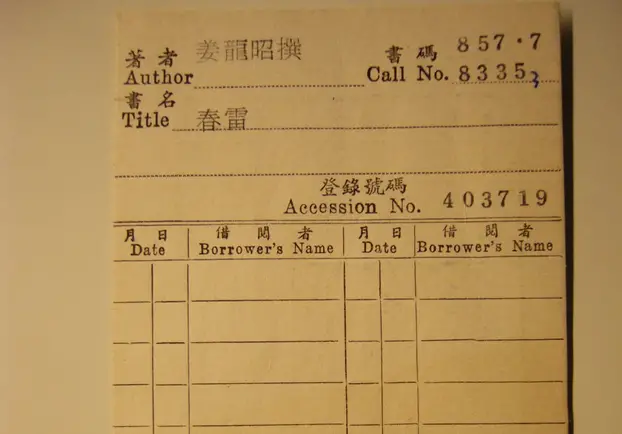
Before everything was computerized, checking out a library book meant signing your name on a little card tucked into a paper pocket inside the front cover. That card told you who else had read the book before you, and if you were lucky, you’d see a familiar name and know you weren’t the only one interested in The Hardy Boys or Nancy Drew. The due date was stamped on the card, and you had better remember it, because there were no email reminders to nudge you when it was time to return your book.
Sometimes, the cards were so full that the librarian had to tape a new one in, and if you checked out an old book, you might see checkout dates going back a decade or more. Today, kids just scan a barcode and get an automatic renewal, but back then, those little checkout cards were like tiny pieces of history, connecting generations of readers through a shared love of stories.
2. The Trapper Keeper
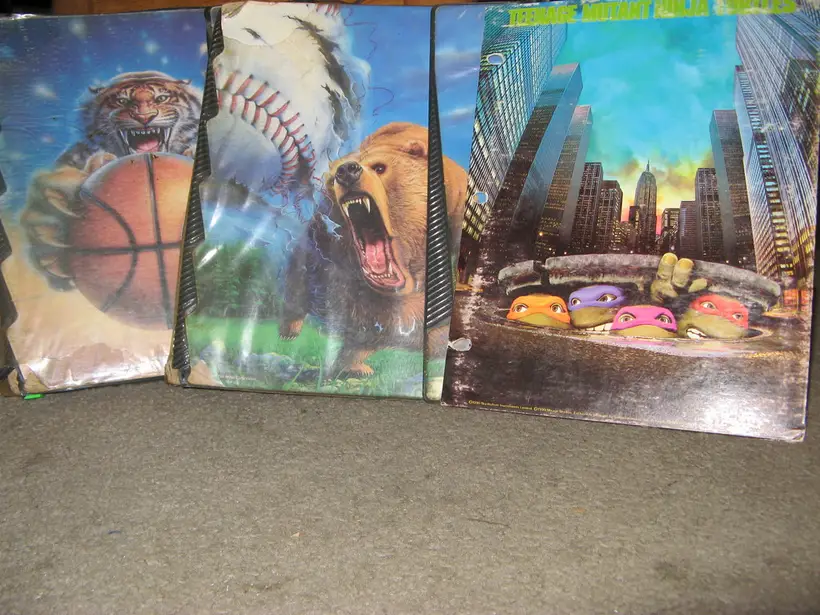
Nothing said “I’ve got my life together” in elementary or middle school quite like a Trapper Keeper. These magical, Velcro-closing binders weren’t just for holding paper—they were a full-on organizational system. Inside, you had folders designed to “trap” your papers so they wouldn’t slip out, plus dividers to keep subjects separated. They came in the wildest designs, from neon geometric shapes to dreamy unicorns, making them one of the most coveted back-to-school items of the 1980s.
Of course, teachers didn’t always love them. That loud rip of Velcro could disrupt an entire classroom, and the plastic rings inside weren’t as sturdy as a traditional three-ring binder. But for a while, they were the gold standard of school supplies. Kids today have no idea what they’re missing—Google Drive might be practical, but it doesn’t give you the same rush as picking out a fresh new Trapper Keeper at the start of the school year.
3. Pencil Cases with Multiple Compartments
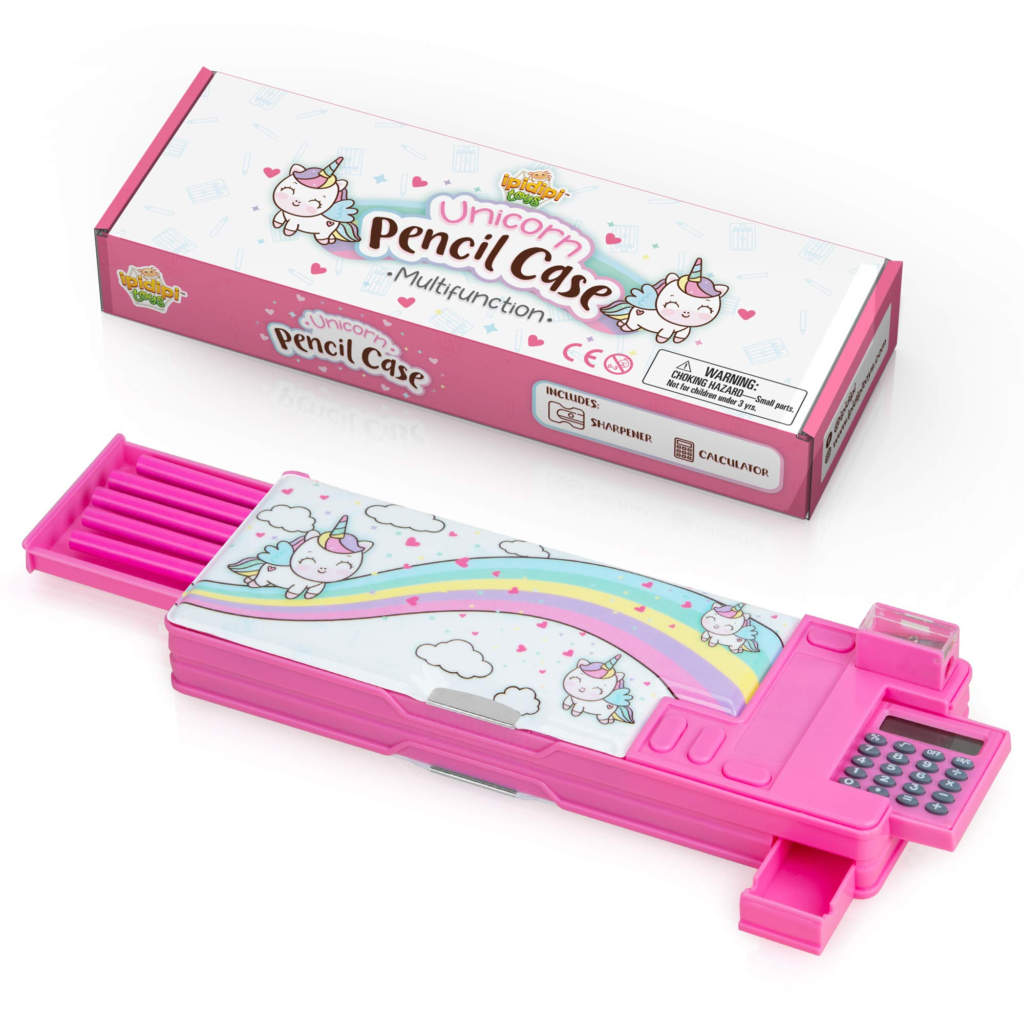
Back when pencils weren’t mechanical and erasers were separate, a sturdy pencil case was a necessity. The best ones weren’t just simple zippered pouches; they were hard plastic cases with multiple compartments, buttons that popped open secret storage areas, and sometimes even built-in sharpeners. If you had a deluxe version, it might even include a slot for a tiny ruler or a protractor you’d never use.
Opening these cases in class was like performing a magic trick. Kids sitting nearby would peek over, waiting to see what fancy feature yours had. Of course, the problem was that after a few weeks of use, the buttons would get stuck, and your once-organized case would turn into a chaotic mess. Still, compared to today’s sleek but boring supply pouches, those old pencil cases had a lot more personality—and they made school feel just a little more fun.
4. The Big Chief Tablet
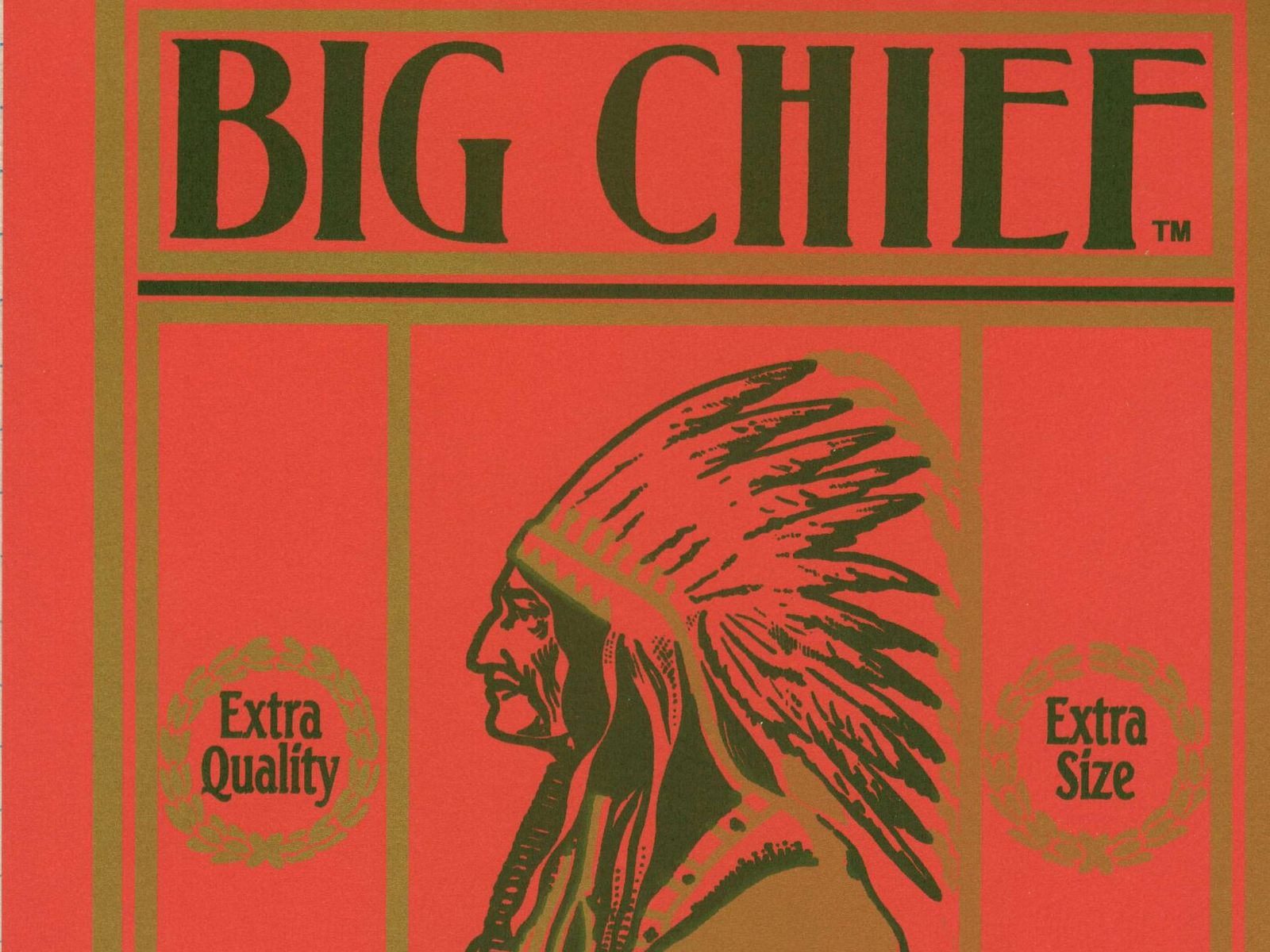
Before wide-ruled notebooks, before college-ruled paper, there was the Big Chief tablet. If you were in grade school in the ’50s, ’60s, or ’70s, you probably remember these thick pads of paper with their distinctive red covers featuring a stern-looking Native American chief. The pages inside were oversized, lined with big, chunky rules to help little hands practice writing their letters.
The paper itself was rough, almost pulpy, and using an eraser on it usually meant tearing a hole straight through the page. If you were lucky, your parents bought you a good pencil that didn’t smudge too badly. By the time the ’80s rolled around, these tablets started disappearing, replaced by smoother paper and more standardized notebooks. Today’s kids might laugh at how primitive they were, but they were a rite of passage for generations of students learning to write.
5. Chalkboard Slate with a Wooden Frame
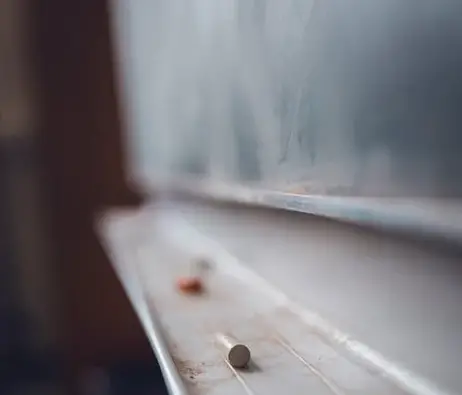
Long before dry-erase boards and digital screens, some classrooms still had chalkboard slates for individual use. These small, framed boards were what kids used to practice writing, math problems, and spelling before they got to use actual paper. Armed with a little piece of chalk and a felt eraser, students would scratch out their work and wipe it away when it was time for the next lesson.
If you got too carried away, chalk dust would get everywhere—on your clothes, in your hair, and all over your desk. And if you dropped your slate? That was the end of it. As schools moved toward paper-based learning, these little boards became a thing of the past, but there was something oddly satisfying about writing on them, even if it meant dealing with chalky fingers all day.
6. The Multi-Color Click Pen
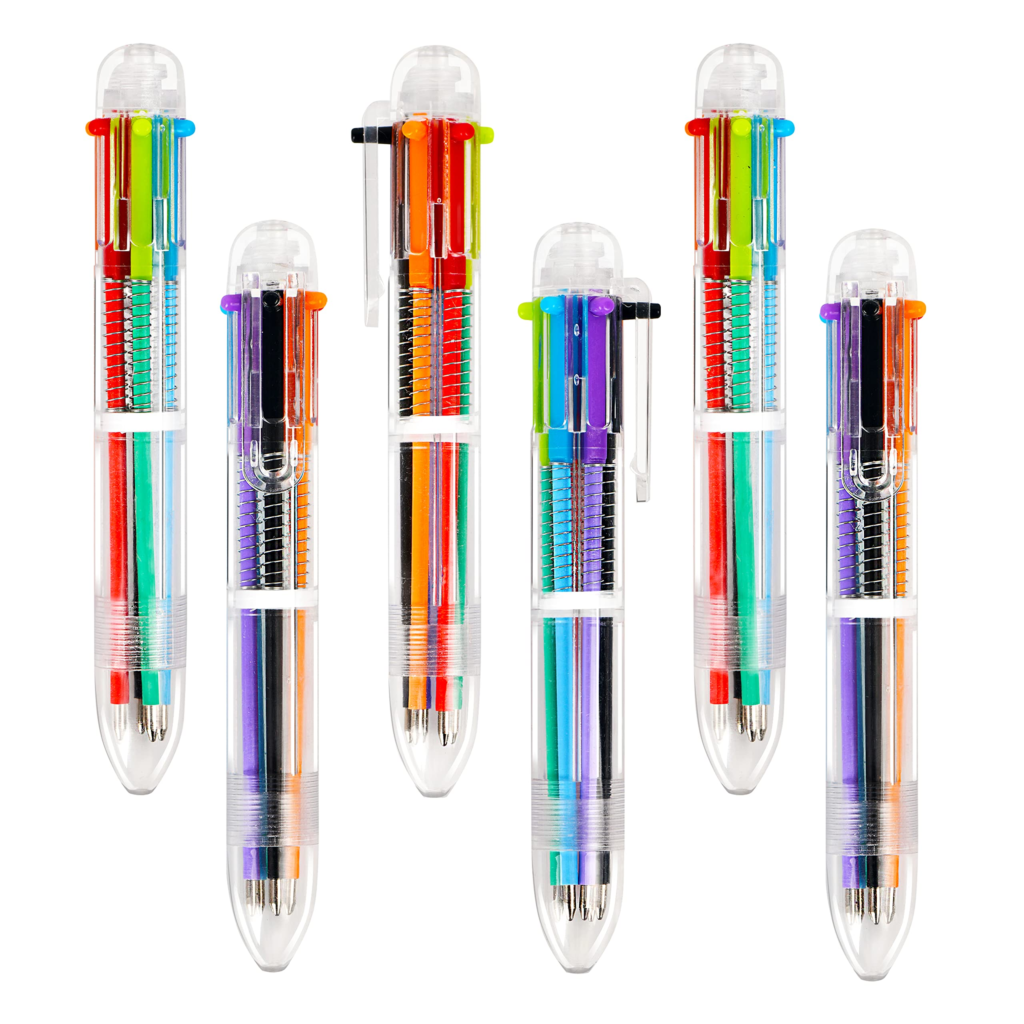
If you wanted to feel like the king or queen of the classroom, you had to get your hands on one of these chunky, four-in-one pens. They had four different ink colors—red, blue, black, and green—each with its own retractable tab. The trick was trying to press down more than one at a time, which usually resulted in a jammed pen and a trip to the wastebasket.
Teachers had a love-hate relationship with these pens, mostly because kids spent more time clicking between colors than actually writing. But if you had one, you felt like a professional artist, ready to underline, highlight, and color-code your notes like an expert. Today’s kids might scoff at the idea of a single pen doing all that work, but back in the day, it was a mini marvel of engineering.
7. Pink Pearl Erasers
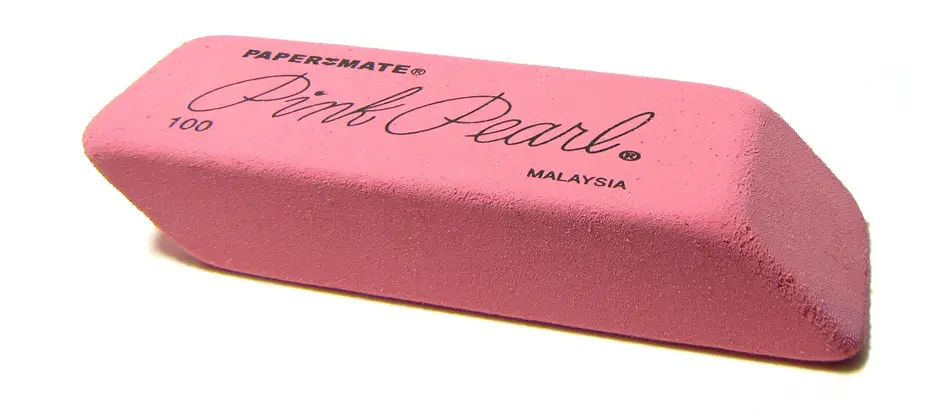
If there was one school supply that every kid had rolling around in their desk, it was a Pink Pearl eraser. These little pink blocks were meant to wipe away pencil mistakes, but more often than not, they just smeared graphite across the page. When brand new, they had a satisfying smoothness and a sharp edge that made you feel like you could erase with precision. But after a few uses, they’d start to round out, and if you pressed too hard, they’d leave behind a pink smudge that made your mistake even worse.
And let’s not forget the dreaded moment when you’d erase too enthusiastically and tear a hole right through the page. Despite their flaws, they were still a classroom staple, often chewed on absentmindedly during a tough test or thrown across the room in a game of eraser tag. Today’s kids might think erasing is just a tap away with the “undo” button, but back then, making a mistake meant putting in some real effort to fix it—smudges and all.
8. LePage’s Glue in a Glass Bottle
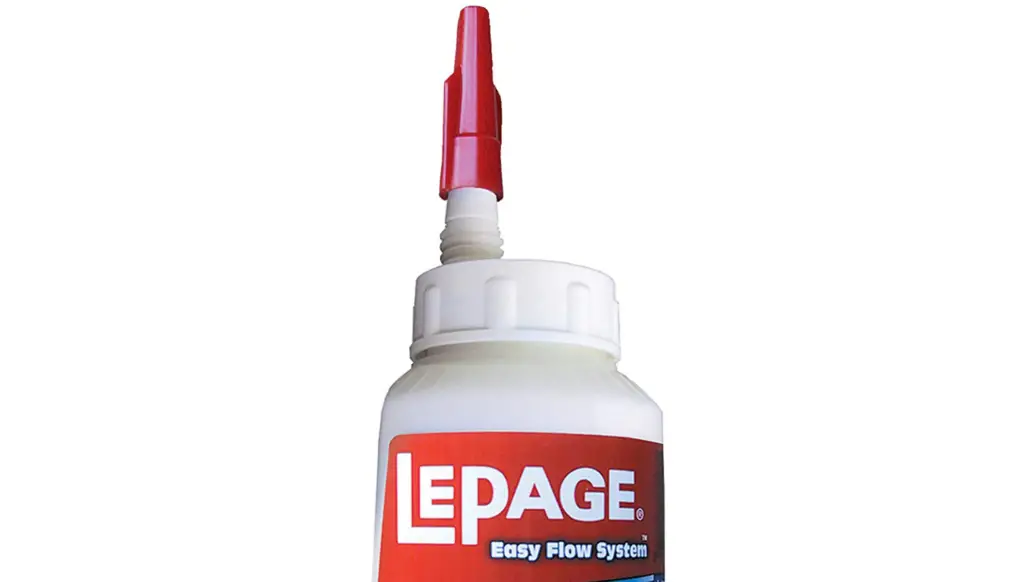
Before glue sticks and Elmer’s squeeze bottles took over, classrooms were stocked with LePage’s glue in tiny glass bottles with rubber stoppers. The stopper had a slit in it, and when you pressed it onto paper, a little bit of glue would ooze out—sometimes too little, sometimes way too much. If you didn’t wipe off the top after using it, the glue would dry and clog the slit, leading to a desperate attempt to poke it open with a paperclip.
And let’s not forget the smell. Unlike the mild scent of modern glue, LePage’s had a sharp, almost chemical odor that lingered on your hands. More than a few kids probably tried tasting it (it looked an awful lot like honey), but luckily, the taste wasn’t nearly as appealing. The move to plastic squeeze bottles made things less messy, but there was something oddly satisfying about those old glass bottles—just so long as you didn’t drop one on the floor.
9. Protractors and Compasses
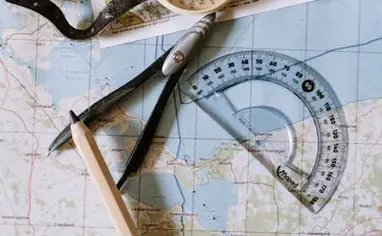
Geometry class came with its own set of medieval torture devices, namely the protractor and compass. The protractor was simple enough—a clear plastic half-circle with degree markings that no one really understood how to use. But the compass? That thing was dangerous. It was a metal contraption with one sharp end for anchoring and a slot for a pencil to spin perfect circles.
Of course, the reality was that most kids used the compass as a weapon, poking their friends with it or scratching doodles into their desks. Teachers had to keep an eye out to make sure no one got too carried away. Eventually, plastic safety versions replaced the sharp metal ones, but they never quite worked as well. Kids today might not appreciate the art of making a perfect circle, but back then, if you had a steady hand and a good compass, you felt like a true mathematician.
10. Ditto Paper and the Smell of Fresh Copies

Before photocopiers ruled the classroom, worksheets were made using a mimeograph machine, better known as a ditto machine. Teachers cranked out copies by hand, pressing ink through a special stencil to transfer that purple-tinted text onto paper. The best part? The smell. Fresh-off-the-machine dittos had a distinct, almost intoxicating chemical scent that every kid instinctively inhaled as soon as the paper landed on their desk.
But those copies weren’t always perfect. Sometimes they’d come out blurry, smudged, or missing half the text because the teacher ran out of ink halfway through. And heaven help you if you spilled water on a ditto—one drop would turn your worksheet into a smeared mess. These days, kids don’t think twice about a printed handout, but back then, getting a fresh ditto copy felt like an experience, complete with that unforgettable aroma.
11. Rulers with a Metal Edge
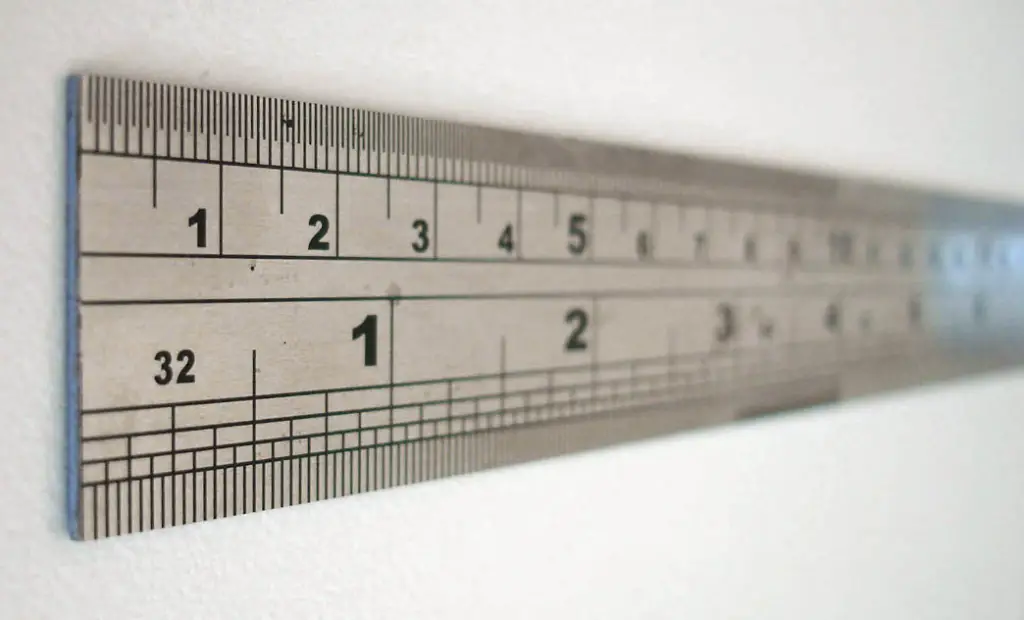
A ruler was an essential school supply, but if you were lucky, you had one of the fancy wooden rulers with a built-in metal edge. It was perfect for making super-straight lines, slicing through paper in a pinch, and—most importantly—doubling as a weapon in an impromptu classroom sword fight. That metal edge could leave a serious mark if you got whacked on the knuckles, which is probably why teachers kept an eye on who was using theirs for actual measuring versus mischief.
The biggest problem? Those rulers didn’t last forever. The wood would eventually start to splinter, and the metal strip would come loose, threatening to poke out dangerously. Eventually, plastic rulers replaced them, but they never had the same weight, the same satisfying “thunk” when you dropped one on your desk, or the same potential for harmless classroom mayhem.
12. Metal Lunchboxes with Thermoses
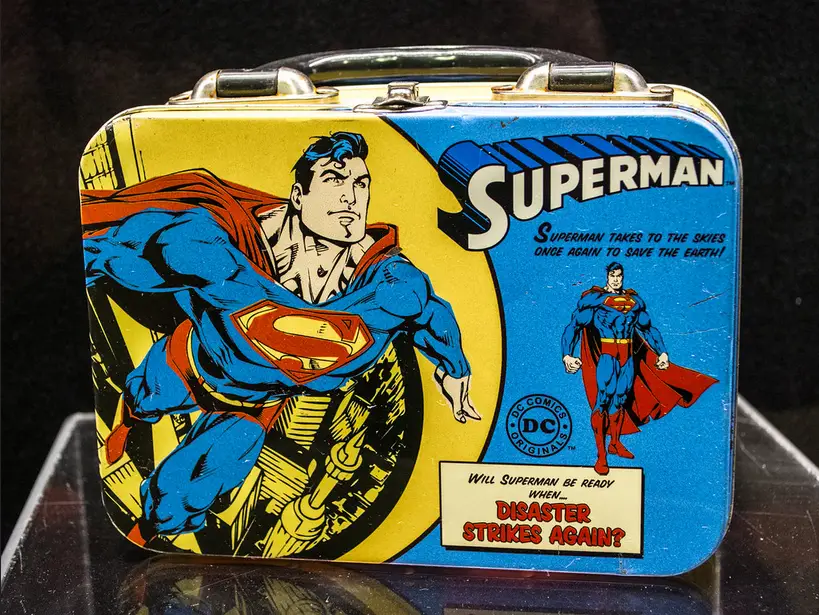
Before lunchboxes became soft, insulated, and covered in trendy designs, they were hard metal cases featuring our favorite cartoon characters, TV shows, and comic book heroes. These tin lunchboxes had a way of showing off a kid’s personality, whether you were carrying The Six Million Dollar Man, The Partridge Family, or Star Wars. Inside, the real treasure was the matching thermos, complete with a little plastic cup that twisted off the top. That thermos, though, had a reputation—it was practically guaranteed to break if dropped, sending shards of glass into your soup or milk.
These lunchboxes took a beating, dented from being tossed into lockers or even used as impromptu weapons in playground scuffles. The sound of one slamming shut was enough to make a teacher turn their head in disapproval. By the late ’80s, plastic and fabric lunchboxes took over, and the era of metal lunchboxes came to an end. Today’s kids will never know the joy of picking out the coolest design or the frustration of realizing their thermos leaked all over their peanut butter and jelly sandwich.
13. Clipboards
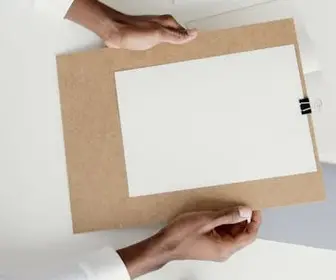
There was something about having a clipboard that made you feel important. Maybe it was the way it let you walk around the classroom like you were on official business, or maybe it was the satisfying snap of the metal clip as it locked down your papers. Either way, having a clipboard felt like a power move.
The problem? If you weren’t careful, that metal clip could pinch your fingers hard, and the corners of a wooden clipboard could deliver a nasty splinter. Eventually, plastic ones took over, but they never quite had the same authority as the old-school wooden ones. Kids today probably wouldn’t see the appeal, but back in the day, if you had a clipboard, you meant business.
There was something special about old-school school supplies—their weight, their smell, the way they felt in your hands. They weren’t just tools for learning; they were little pieces of the school experience, each with its own quirks, frustrations, and joys. Sure, modern kids have sleek digital devices and easy access to information, but they’ll never know the satisfaction of clicking down all four colors on a multi-pen or the thrill of smelling a fresh ditto copy. Maybe they’re missing out on more than they realize.


